Urban simulation with MSPhysics
-
Thank you, a privilege to see.
-
Thanks Mike,
i struggle with details and especially with the light in rendering animations …
Try to understand why certain lights in IndigoRT suddenly turn brighter or darker.
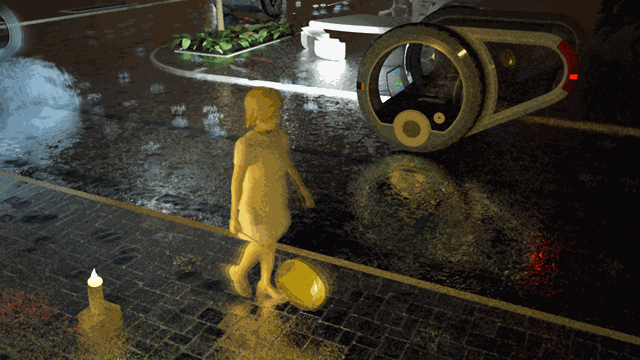
-
23 joints, 2 beautiful eyes and the movements of the cloned model are halfway liquid ..

Lost in character animation again - endless test series, felt 250 set screws.
Each joint with at least 5 settings, each body part with position, mass, collision and friction properties, a little script, a bit of practice as Frankenstein and some time ..
Sorry for the GIFs with that massive reduce of load time.
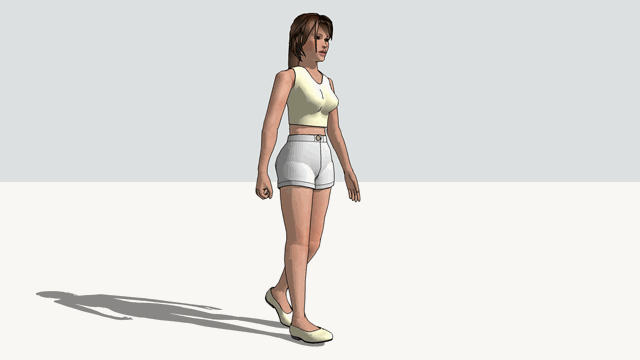
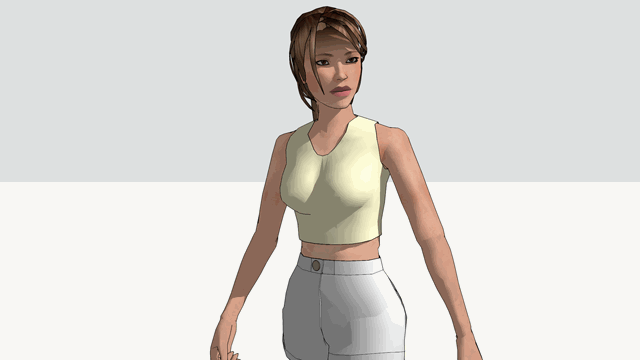
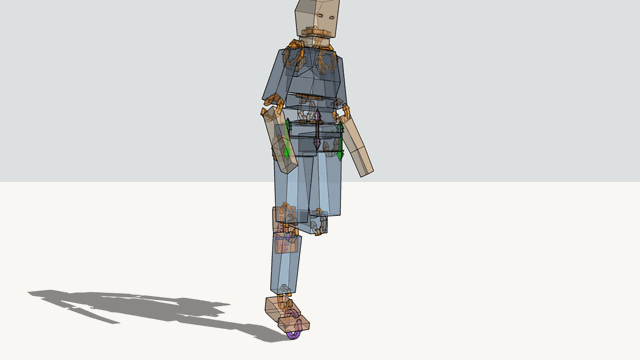
-
How joints are regulated? by cursors ? Times lines ? ...
-
Amazing job you are doing with animations, thanks for keeping us up to date.
-
@ pilou
The connections are controlled via a kind of timeline for each character in a script.
I have predefined several types of movement, which can then be modified and combined as desired.
Since several people are to act in a complex model, a real-time control via mouse or keyboard in SketchUp is not controllable.
For smaller environment models, however, it is possible to control a figure via mouse and keyboard in MSPhysics in real time ..@ Mike
Thanks Mike.
There is also a bit of enthusiasm for MSPhysics behind it.
I do not want the interest in it breaking off.
Maybe there will eventually be a further development that is even more user-friendly ..
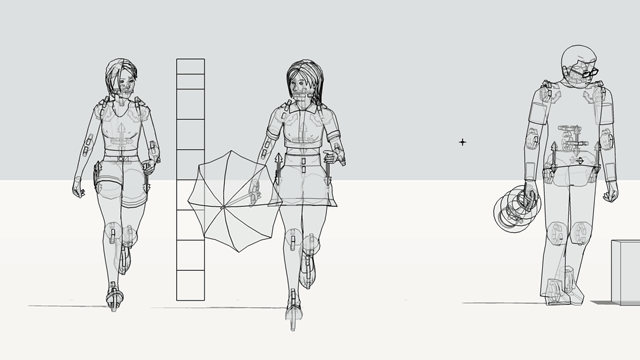
-

 how great it is to see something reaching this state of high level.
how great it is to see something reaching this state of high level.
And just like Mike said it above: thank you for keeping us informed here! -
Thanks HornOxx,
hope this WIP comes to an end soon .. -
Steps to the final layout…
A few frames from video sequences with overlay of rendered and sketchy tracks.
The final version is kept in color, to give a better feeling for the warm summer rain.
Used SketchUp, IndigoRT, FotoSketcher.
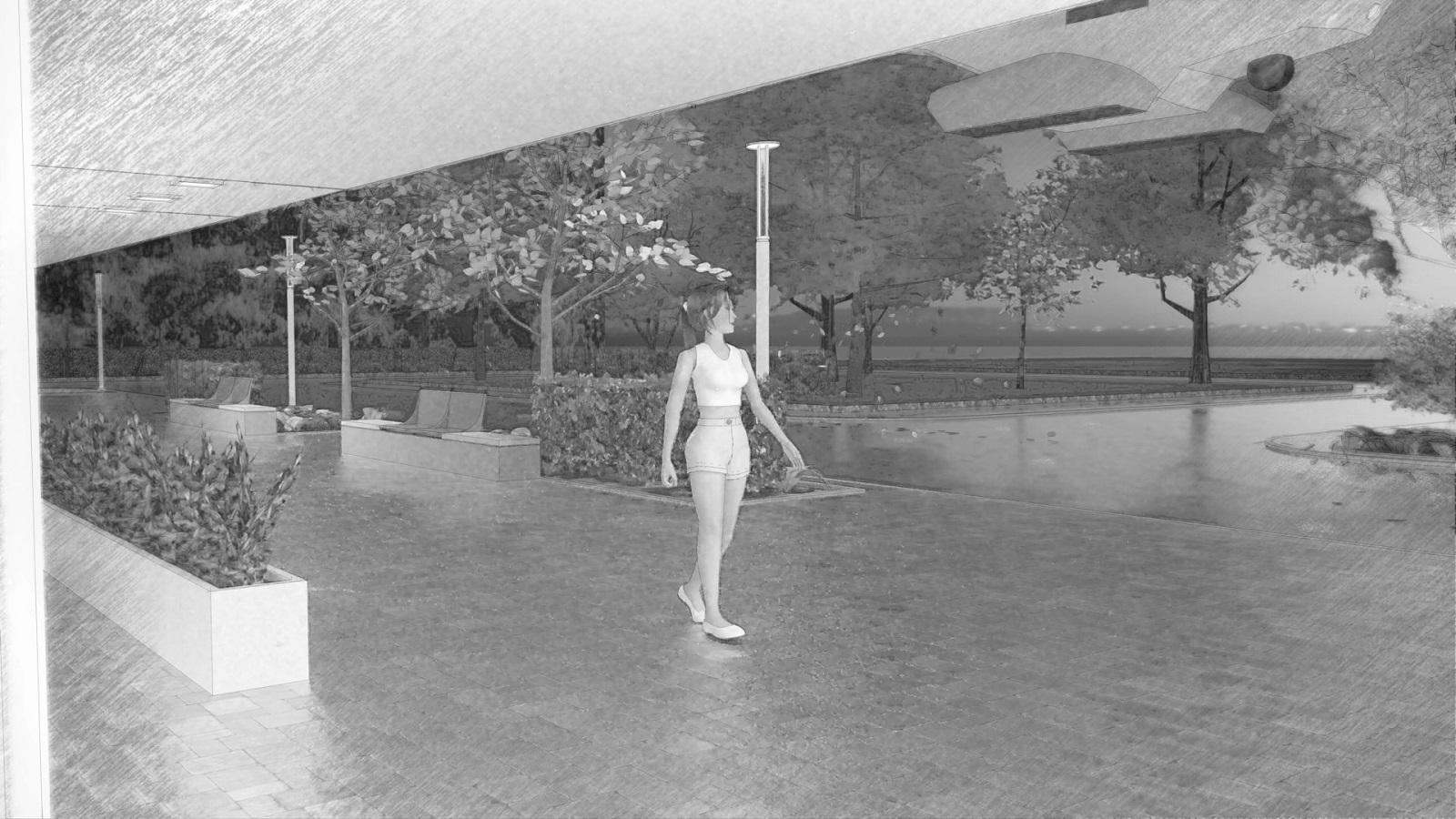
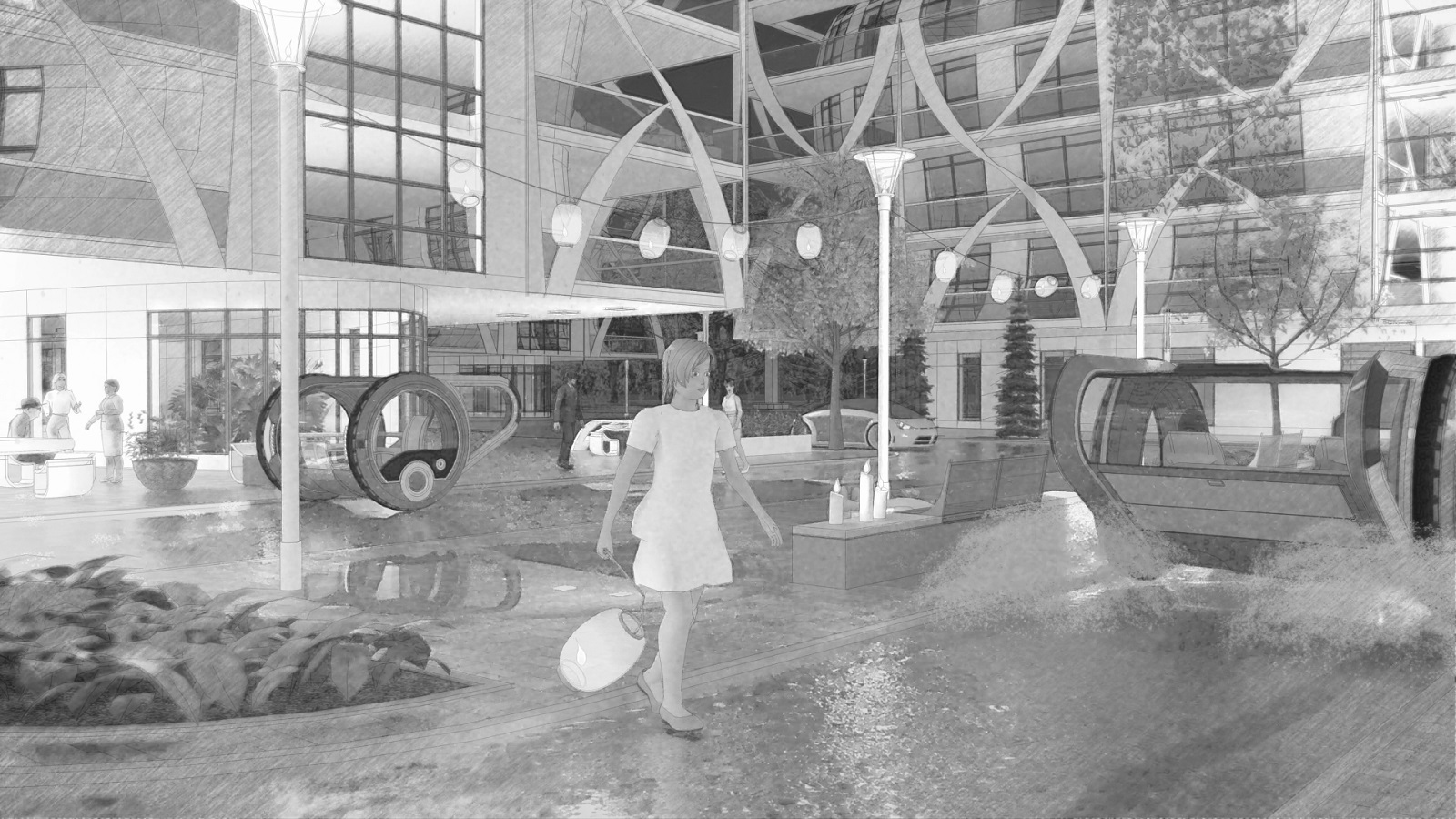
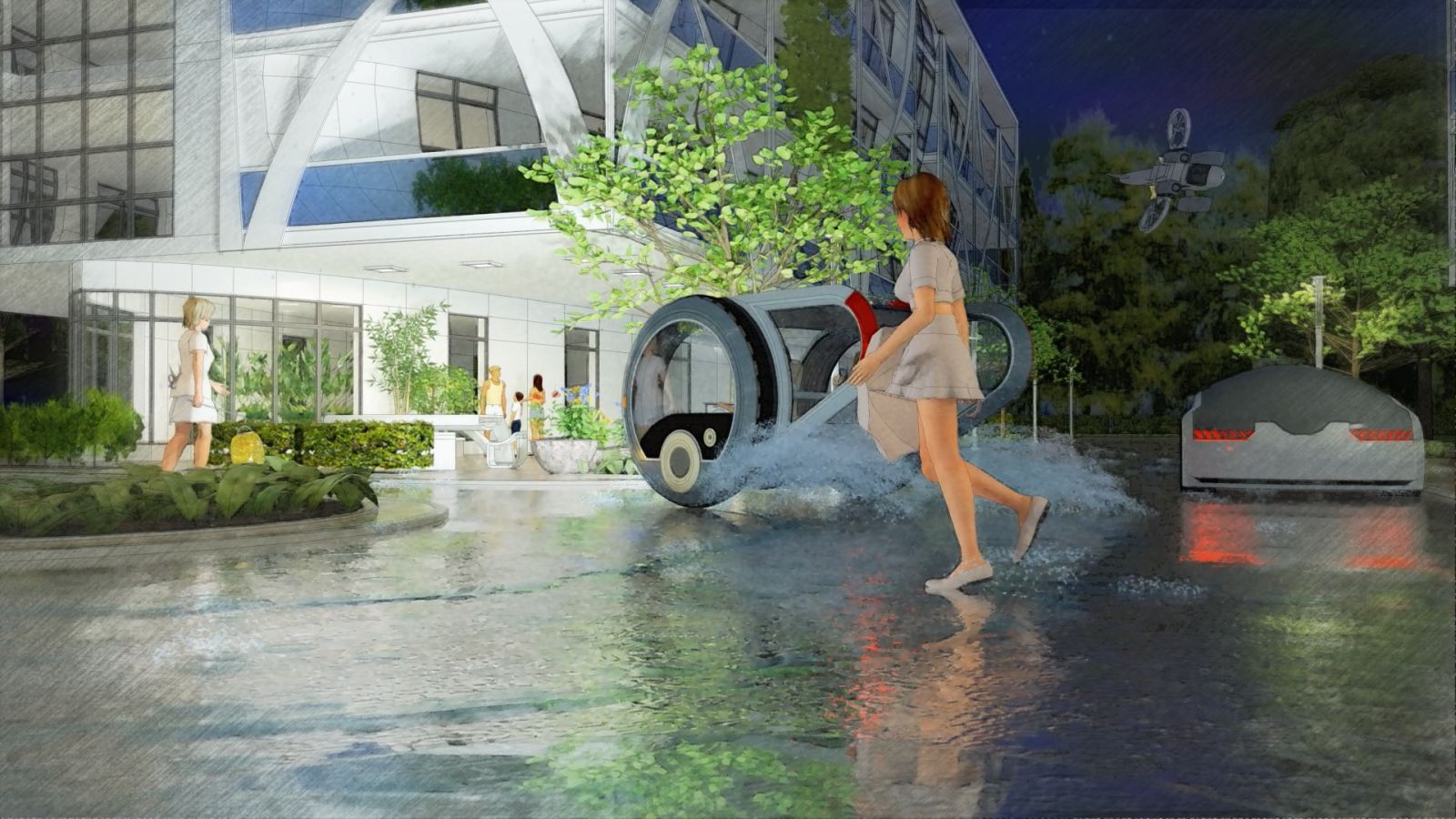

-
@faust07 said:
23 joints, 2 beautiful eyes and the movements of the cloned model are halfway liquid ..

Lost in character animation again - endless test series, felt 250 set screws.
Each joint with at least 5 settings, each body part with position, mass, collision and friction properties, a little script, a bit of practice as Frankenstein and some time ..
Sorry for the GIFs with that massive reduce of load time.
What is the source of the characters in your animations?
Advertisement







